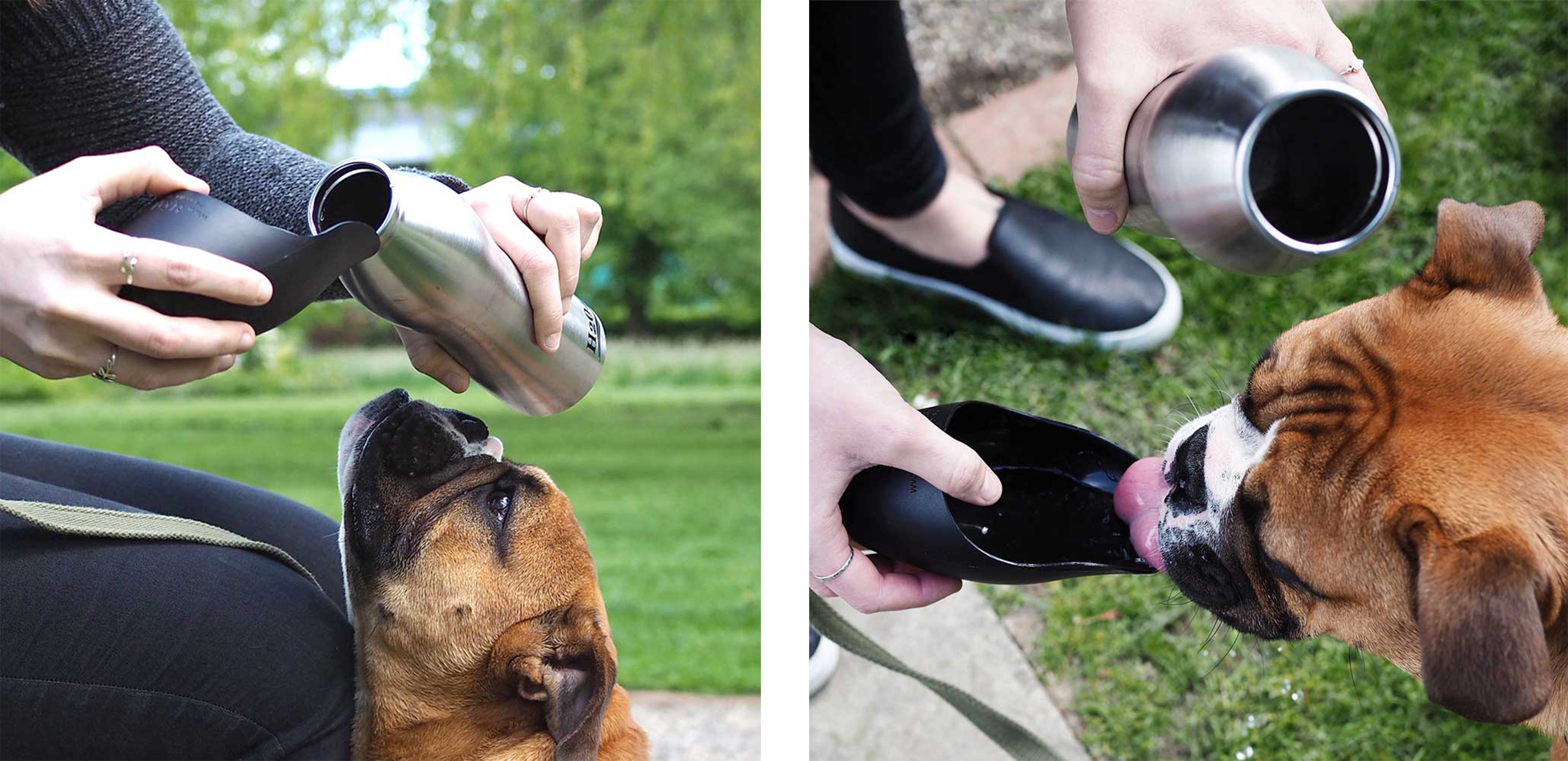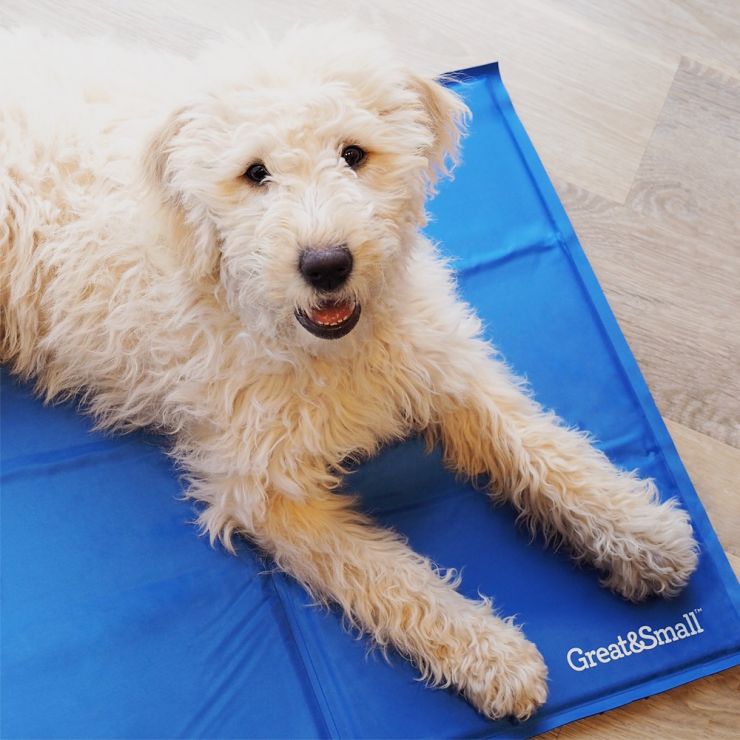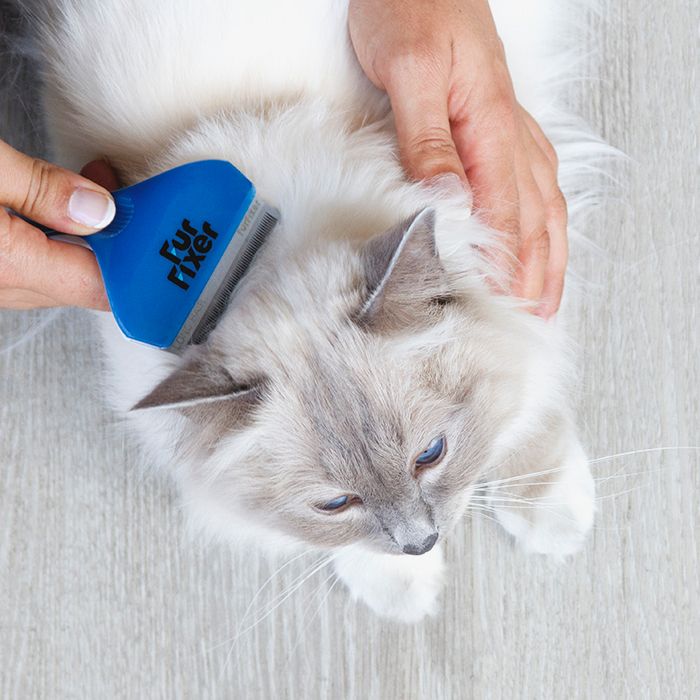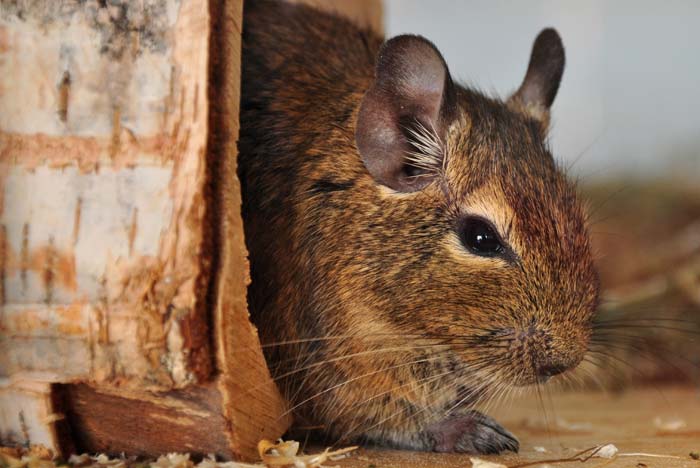Keeping Pets Cool in Summer
It’s important for us to keep cool during the summer months and there are many ways in which we can choose to cool down should we want to. But for pets, cooling down in warmer times require a little help from their owners. Here we have a few top tips in helping keep your furry (and not so furry) friends comfortable during these hot and sunny days.
Keeping Pooches Cool
- Don’t leave your dog in a car, even for a few minutes. An open window or a windshield screen isn’t enough to keep the car cool. According to the RSPCA, if it’s 22C outside, within an hour it can be 47C inside a car. Dogs die this way every year – don’t let yours be one of them.
- Don’t leave your dog in a glass conservatory or caravan. These can become greenhouses in the sunshine and it is just as dangerous as if you were to leave them in the car!
- Do provide your dog with plenty of water, both in the house and on walks. If you are leaving your dog at home alone, make sure its bowl can’t be knocked over. Ensure you take a water bottle and bowl out on walks with you, and if you live with others, ensure all are aware to continuously top up their bowls at home.
- Do keep one room in your house cool and well-ventilated by drawing curtains and opening windows if there is a breeze, so your dog can lie down there if it is getting hot. You could also invest in a Great & Small Cool Pad – Great & Small Cool Pads work when either the weight of the dog or pressure is applied to the pad. The Cool Pad will maintain a slightly lower temperature than the surrounding temperature for up to 3 – 4 hours of constant use. It automatically recharges itself as your pet moves. These Cool Pads are ideal for use with beds, crates and travelling.
- Don’t leave your dog outside all day in the hot weather. If it is unavoidable, ensure it has plenty of shade no matter where the sun is in the sky throughout the day and water at all times.
-

Do give dogs somewhere to cool themselves down in the garden. A doggy paddling pool is a great idea, allowing dogs to jump in and out for quick relief from the heat. Be sure to put the pool in the shade so that the water does not heat up in the sun and encourage dogs to dry off inside or in the shade so that they don’t heat back up to quickly in the sunshine.
- Don’t take your dog for a long walk in the heat of the day. Go in the early morning or late evening, and make the walk shorter than usual. (Remember to periodically offer them a drink!) Pavements get very hot and can burn your pet’s paws, so walk your dog on the grass if possible.
- Do apply pet sunscreen if your dog has a light-coloured nose or ears. Mammals burn just like humans, and can even develop skin cancer. Ensure you use a pet-safe sunscreen as some human ones can cause irritation to the more sensitive skin of dogs.
- Do groom all breeds regularly. Removing shed and excess fur through regular grooming will help dogs feel more comfortable during the summer months.
- Don’t ignore the signs of heatstroke. Common signs of heatstroke in pets include heavy panting; profuse salivation; a rapid pulse; very red gums/tongue; lethargy; lack of coordination; reluctance or inability to rise after collapsing; vomiting; diarrhoea; loss of consciousness in extreme circumstances. If your pet experiences ANY of these, seek veterinary advice immediately. Please take special care of flat-faced breeds such as pugs etc, as they will struggle with their breathing a lot more in the heat.

Cool Cats
-
- Don’t let your cat go outside during the hottest times of the day. Usually, this is between 10am and 3pm.
- Do apply a pet sunscreen, to the nose and ears of pale-coloured cats when they do go outside. Unfortunately, cats will often lick this off so apply regularly for those who enjoy the sunshine. Make sure it is a pet-safe cream as some human ones can be irritants to the sensitive skin of cats and can also cause illness if ingested!
- Do keep one room in your house cool and well-ventilated by drawing curtains and opening windows if there is a breeze, so your cat can lie down there if it is getting hot.
- Do let your cat choose a cool place to lie down. They will naturally gravitate towards a slate floor, the kitchen sink or a fan in summer, just as they will curl up in a warm place in winter. Do not tell them off for doing so, this actually pretty clever of them. You could also invest in a Great & Small Cool Pad – Great & Small Cool Pads work when either the weight of the dog or pressure is applied to the pad. The Cool Pad will maintain a slightly lower temperature than the surrounding temperature for up to 3 – 4 hours of constant use. It automatically recharges itself as your pet moves. These Cool Pads are ideal for use with beds, crates and travelling.
- Do provide your cat with plenty of water, in various positions around the house. Cats often prefer their water to be placed away from their food.

- Don’t worry if your cat is sleepy during the day. Cats need 16 hours of sleep a day and will sensibly nap even more on a hot day, rather than rushing around getting hotter.
- Don’t worry if your cat seems to be grooming itself more than usual. This is a cooling mechanism similar to sweating: as the saliva evaporates off its fur, the cat will cool down. You can help them out by grooming them regularly with a FurFixer, guaranteed to reduce shedding better than any brush, comb or rake. It will remove all shed hair effortlessly from their coats to help reduce hairballs and keep them cooler in the summer months. The unique stainless steel edge on the FurFixer gently works without damaging or cutting the topcoat.
- Do pay attention to your cat’s feet. Cats, like dogs, have their sweat glands on their paws. If your cat is leaving wet paw prints, it is sweating and will need to replenish its fluids. Provide them with plenty of water bowls throughout the house in cool, shaded areas to encourage drinking. A water fountain is a great idea as the surface of the water will keep fresh as it circulates, making it very inviting for cats to drink from.
- Don’t worry if your cat starts panting. Cats pant more rarely than dogs but will pant to take on cooler air if they are particularly hot. Heavy panting could be cause for concern, however, if you are at all concerned about your cat, veterinary advice should be sort.
- Do keep a close eye on your cat this summer. Cats can also suffer from heatstroke, common signs of heatstroke in pets include heavy panting; profuse salivation; a rapid pulse; very red gums/tongue; lethargy; lack of coordination; reluctance or inability to rise after collapsing; vomiting; diarrhoea; loss of consciousness in extreme circumstances. If your pet experiences ANY of these, seek veterinary advice immediately. Please take special care of flat-faced breeds such as Persians etc, as they will struggle with their breathing a lot more in the heat.

Small Furries
- Dogs and Cats aren’t the only ones to suffer when the weather gets hot. Here are few tips for those small critters:
- Do keep hutches and runs in the shade all day. Move them as the sun moves round if necessary. Ensure they have plenty of shade and hidy holes or tunnels in their runs.
- Don’t keep the hutch on the ground: improve ventilation by putting it on bricks or similar. Great & Small Hutches all have adjustable feet to help keep hutch levels no matter the ground and the legs allow for good ventilation.
- Do clean your furries hutches more regularly. Spot cleaning pee and poo patches every day will help reduce the risk of flies and unwanted insects being attracted to them. Hot weather results in more flies and maggots that can lead to flystrike, an often fatal condition that affects rabbits and guinea pigs. You should check your furries at least twice a day for dirty bottoms. If you see any maggots in their coats or on their skin you must seek veterinary advice IMMEDIATELY.
- Do remove any uneaten vegetable as soon as possible, as this can go off and start to rot in the warmer weather attracting flies to your runs and hutches.
- Do groom your pet and brush out loose hair. Rabbits, in particular, are fastidious hygienic and will groom themselves just as cats do, this can lead to hairballs. You can help them out by grooming them regularly with a FurFixer, guaranteed to reduce shedding better than any brush, comb or rake. It will remove all shed hair effortlessly from their coats to help reduce hairballs and keep them cooler in the summer months. The unique stainless steel edge on the FurFixer gently works without damaging or cutting the topcoat. Also consider having long-haired rabbits and guinea pigs trimmed for the summer, especially around their bottoms to help keep them clean.
- Do keep water topped up, and be extra-vigilant about evaporation. Offer both bowls and bottles to rabbits and guinea pigs. It is also a good idea to cover their bottles to help stop any build-up of algae inside the bottles, this is common when left in the sunshine.
- Do provide them something cool to lie with should they get too hot. A slate or ceramic tile works well or a frozen bottle of water. They can then choose to lie or lean with it to cool themselves down throughout the day.
- Do give them treats in the form of ice cubes – a little piece of broccoli poking out the top on an ice cube provides a tasty and cooling treat. It will also provide lots of fun for them to push around with their tongues!

Even Smaller Fluffies
Although smaller fluffs and rodents are kept indoors, care should still be taken to ensure they are kept cool in the summer months.
- Don’t keep tanks or cages, including bird cages near windows or in direct sunlight. Their homes can become little green houses in direct sunlight, so care should be taken to ensure they are kept in cool, shaded areas of your home.
- Do remove any uneaten vegetable and moisture-rich foods as soon as possible, as this can go off and start to rot in the warmer weather attracting flies.
- Do ensure pets have access to plenty of clean, fresh water at all times and change water regularly throughout the day whenever possible.
- Do provide smaller rodents with a cool spot to chill out. If you have a smaller rodent such as a hamster or a pair of gerbils, put a nearly full plastic bottle of water into your freezer and, when frozen, wrap it in a towel and place by the side of their cage, next to the sleeping area, to keep it cool. Do not place directly in the cage as they may chew it causing a mini flood or it may make them too cold too quickly which can cause health issues.
- Do invest in a small fan to be kept in the same room as your smaller pets. Do not aim it directly at their cage, but by simply having it in the room it will help keep the air circulated and cool.
Read our Petopedia post about Travelling with Pets here, to make sure you and your pet have a relaxing holiday.

